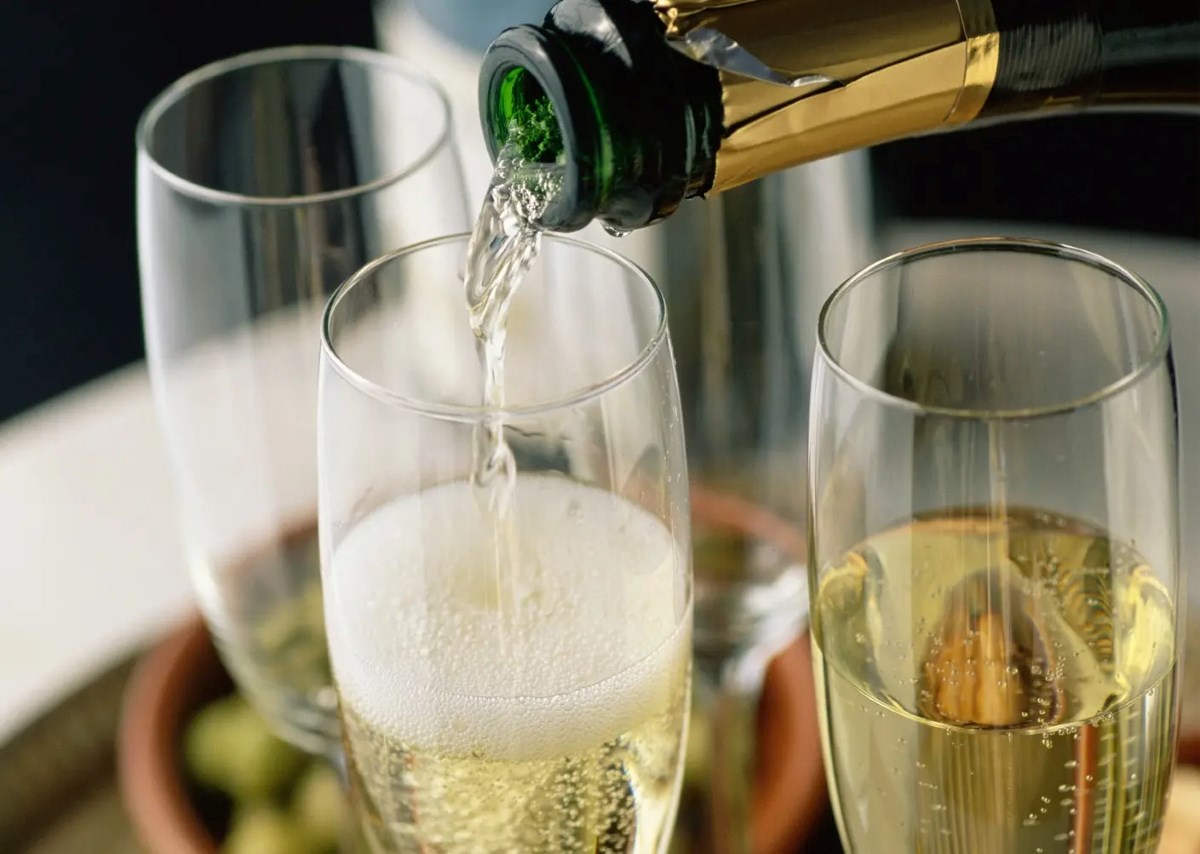

Articles
How To Store Opened Champagne
Modified: October 18, 2024
Learn the best methods to store opened champagne and preserve its taste and fizziness. Read our articles for expert tips and advice.
(Many of the links in this article redirect to a specific reviewed product. Your purchase of these products through affiliate links helps to generate commission for Storables.com, at no extra cost. Learn more)
Introduction
Welcome to the world of champagne, where bubbles and celebrations go hand in hand. Opening a bottle of champagne is always a joyous occasion, whether it’s for a special event or simply for a little indulgence. But what happens when you can’t finish the entire bottle in one sitting? How do you preserve the leftover champagne and keep it fresh for future enjoyment?
This article will guide you through the process of storing opened champagne correctly to maintain its quality and flavor. We’ll explore the importance of proper storage, factors to consider, and the best methods to seal and preserve your precious bubbly.
When it comes to champagne, quality is key. Champagne is a delicate and complex beverage that can be easily affected by improper storage conditions. Exposure to air, light, and temperature fluctuations can all have a negative impact on its flavor, aroma, and effervescence. Therefore, it’s crucial to take the necessary steps to safeguard its integrity and preserve its unique characteristics.
By following the recommendations in this article, you’ll be able to store your opened bottles of champagne with confidence, ensuring that every glass you pour retains its exquisite taste.
Key Takeaways:
- Properly storing opened champagne is crucial to maintain its quality, flavor, and effervescence. Factors such as temperature, humidity, light exposure, and sealing methods play a vital role in preserving the unique characteristics of this exquisite beverage.
- When storing opened champagne, consider factors like temperature, humidity, light exposure, and proper sealing methods. By following these guidelines, you can ensure that every glass you pour retains the delightful qualities that make champagne so special.
Read more: How To Store Leftover Champagne
Why it’s important to store opened Champagne correctly
Storing opened champagne correctly is essential to maintain its quality and preserve its signature taste. Champagne is a delicate and complex beverage, and improper storage can lead to a loss of flavor, aroma, and effervescence. Here are a few reasons why it’s important to store opened champagne correctly:
- Preservation of bubbles: One of the defining characteristics of champagne is its effervescence. Proper storage ensures that the bubbles remain intact and lively, enhancing the overall drinking experience.
- Maintaining flavor and aroma: Champagne is known for its intricate flavors and aromas, often described as crisp, fruity, and yeasty. Incorrect storage can cause the wine to oxidize, resulting in a loss of these delicate nuances.
- Preventing spoilage: Like any other wine, champagne can spoil if not stored correctly. Exposure to air and fluctuations in temperature can lead to bacterial growth and off-flavors.
- Saving for future enjoyment: Opening a bottle of champagne is often done in celebration or on special occasions. Proper storage allows you to savor the remaining champagne for future occasions, preserving the joy of the initial experience.
By understanding the importance of storing opened champagne correctly, you can ensure that every glass you pour maintains the high standards and distinctive qualities that make champagne so beloved.
Factors to consider when storing opened Champagne
When it comes to storing opened champagne, there are several factors to consider. Each of these factors plays a crucial role in maintaining the quality and longevity of your bubbly. Here are the key factors to keep in mind:
- Temperature: Champagne is highly sensitive to temperature fluctuations. It’s important to store opened bottles in a cool and consistent environment, ideally between 40°F (4°C) and 50°F (10°C). Avoid exposure to extreme heat or cold, as it can affect the flavor and cause the champagne to lose its effervescence.
- Humidity: Champagne thrives in a humid environment. Aim for a humidity level of around 70% to prevent the cork from drying out. This helps ensure a proper seal and prevents air from entering the bottle, which can lead to oxidation.
- Light: Champagne is vulnerable to light exposure, particularly UV rays, which can degrade the wine. It’s crucial to store opened bottles in a dark place or use UV-resistant wine storage containers to shield the champagne from light damage.
- Position: When storing opened champagne, it’s advisable to keep the bottle upright. Unlike wine with a traditional cork, champagne bottles have a thicker, mushroom-shaped cork, which provides a secure seal when kept upright. This position helps to maintain the pressure and preserve the bubbles.
- Storage duration: Champagne, especially when opened, should ideally be consumed within 3-5 days to enjoy maximum freshness. It’s important not to store opened champagne for too long, as its quality will gradually deteriorate over time.
By taking these factors into account, you can create an optimal storage environment for your opened bottles of champagne. This will help ensure that each glass you pour is as delightful and effervescent as the first.
Temperature and humidity requirements
Temperature and humidity are two critical factors to consider when storing opened champagne. Creating the ideal environment for your bubbly will help preserve its flavor, effervescence, and overall quality. Here’s what you need to know about temperature and humidity requirements:
Temperature: Champagne is best stored in a cool and consistent environment. Aim for a temperature range between 40°F (4°C) and 50°F (10°C). This temperature range prevents the champagne from experiencing extreme heat or cold that could affect its taste and bubble retention. Avoid storing opened bottles in areas prone to temperature fluctuations, such as near radiators, ovens, or windows.
Humidity: Maintaining the right humidity level is crucial for storing champagne. The ideal humidity range for champagne storage is around 70%. Sufficient humidity prevents the cork from drying out, ensuring a proper seal and minimizing the risk of oxidation. Low humidity levels can lead to a shrinking cork, allowing air to enter the bottle, while high humidity can damage the label and promote mold growth. Using a wine cellar or wine refrigerator with humidity controls is an excellent way to ensure optimal humidity levels for your opened champagne.
If you don’t have access to a wine cellar or refrigerator with humidity controls, you can create a makeshift solution. Place a damp cloth or sponge in a small container near your champagne bottles to maintain humidity. Ensure the cloth or sponge is clean and free from any strong odors that could transfer to the champagne.
Remember, maintaining the right temperature and humidity levels is crucial for storing opened champagne. By doing so, you’ll be able to enjoy the exceptional flavors, aromas, and bubbles that make champagne a special and luxurious beverage.
Light and its impact on Champagne
Light exposure can have a significant impact on the quality and longevity of opened champagne. Champagne, like many other wines, is sensitive to ultraviolet (UV) rays and can degrade when exposed to light. Here’s what you need to know about light and its impact on champagne:
UV Rays: UV rays are particularly harmful to champagne. They can break down organic compounds in the wine, leading to chemical reactions that result in off-flavors and the deterioration of the wine’s color. To protect your opened champagne from UV damage, store it in a dark environment away from direct sunlight. Avoid using clear glass or transparent wine storage containers, as they provide little to no protection against UV rays.
Artificial Light: While natural sunlight poses the greatest risk, artificial light sources can also impact champagne. Fluorescent and LED lights emit low levels of UV rays that can still affect the wine over time. If storing opened champagne in a refrigerator or wine cooler with built-in lighting, make sure it is UV-resistant or shielded to prevent light damage.
Opaque Containers: To offer maximum protection against light exposure, consider storing opened champagne in opaque or tinted containers. Dark-colored glass bottles or wine storage bags made from light-blocking materials can help shield the champagne from harmful light rays. These containers will help preserve the wine’s quality and flavor while mitigating the risk of light-induced degradation.
Closet or Wine Cellar: If you don’t have access to specialized wine storage containers, consider storing opened champagne in a closet or wine cellar with minimal light exposure. Choose a dark corner or invest in blackout curtains or covers to create a light-free environment. Remember to keep temperature and humidity levels consistent in these storage areas to ensure ideal storage conditions.
By protecting your opened champagne from light exposure, you can maintain its quality and enjoy a delightful drinking experience every time. Remember, a little extra care in storing your bubbly can go a long way in preserving its unique characteristics.
Store opened champagne in the refrigerator with a tight-fitting stopper to preserve its carbonation. Keep it upright to minimize oxidation and maintain the flavor.
Read more: How To Store Champagne Unopened
Proper sealing methods for opened Champagne
Properly sealing opened champagne is crucial to maintain its carbonation, preserve its flavors, and prevent oxidation. The right sealing method will help retain the wine’s effervescence and ensure that each glass poured is as enjoyable as the first. Here are some recommended sealing methods for opened champagne:
Champagne Stopper: A champagne stopper is specifically designed to create an airtight seal on opened bottles. These stoppers typically feature a rubber or silicone seal and a hinged metal clamp that securely holds the stopper in place. To seal the champagne bottle, insert the stopper into the neck and close the clamp. Champagne stoppers are readily available and are an effective and convenient option for preserving the carbonation of opened champagne.
Sparkling Wine Preservation System: Sparkling wine preservation systems use pressurized gas to create a barrier between the wine and oxygen, allowing you to store opened champagne for a longer duration. These systems typically feature a specially designed bottle closure and a hand-pump or gas cartridge to create pressure in the bottle. By introducing a protective gas layer, these systems help maintain the wine’s effervescence and prevent oxidation. Although these preservation systems can be more expensive, they offer a reliable option for preserving opened champagne, especially if you plan to store it for an extended period.
Reusable Bottle Corks: Reusable bottle corks provide a simple and cost-effective option for sealing opened champagne. These corks usually have a sealing disk or an airtight seal that can be pressed or clamped down onto the bottle’s neck. While not as effective as champagne stoppers or sparkling wine preservation systems, reusable corks can still provide a sufficient seal for short-term storage.
Plastic Wrap and Rubber Bands: In a pinch, you can use plastic wrap and rubber bands to seal opened champagne bottles. Simply remove the original cork, tightly wrap the bottle’s neck with plastic wrap, and secure it in place with rubber bands. While this method may not offer the same level of protection as specialized sealing options, it can help slow down the loss of carbonation and preserve the wine for a day or two.
Regardless of the sealing method you choose, always store opened champagne bottles upright to minimize the surface area exposed to oxygen. This will help maintain the pressure and ensure the champagne remains lively and effervescent.
Remember, investing in a reliable champagne stopper, sparkling wine preservation system, or using reusable corks will provide optimal results when preserving your opened bottles of champagne. By sealing your bubbly correctly, you can extend its shelf life and continue to enjoy its delightful qualities long after opening.
Options for storing opened Champagne in the refrigerator
If you find yourself with leftover opened champagne, storing it in the refrigerator is a common and practical solution. The cool temperature helps slow down the oxidation process and preserves the wine’s carbonation. Here are a few options for storing opened champagne in the refrigerator:
- Re-corking the bottle: The simplest method is to re-cork the opened champagne bottle tightly and place it upright in the refrigerator. The pressure from the carbonation will help keep the cork in place, minimizing air exposure. While this method is convenient, it may not offer the most effective seal for prolonged storage.
- Champagne stopper: Using a champagne stopper is a recommended option for storing opened champagne in the refrigerator. The stopper creates an airtight seal, preventing both air and odors from affecting the wine. It helps maintain the carbonation and preserves the flavor and freshness of the champagne.
- Sparkling wine preservation system: If you have a sparkling wine preservation system, such as those that use pressurized gas, it can be an excellent option for storing opened champagne in the refrigerator. These systems create a barrier between the wine and oxygen, helping to extend its shelf life. Just follow the manufacturer’s instructions for proper usage.
- Sealing with plastic wrap: If you don’t have a champagne stopper or preservation system, you can use plastic wrap to seal the bottle. Remove the original cork, cover the bottle’s neck tightly with plastic wrap, and secure it with a rubber band. This method can provide a temporary seal and keep the champagne carbonated for a day or two in the refrigerator.
Regardless of the storage method you choose, it’s important to note that opened champagne is best consumed within 3-5 days to enjoy its optimal quality. Over time, even with proper storage, the champagne may lose some of its effervescence and freshness.
Remember to keep the refrigerator temperature between 40°F (4°C) and 50°F (10°C) to ensure ideal storage conditions. Avoid storing the champagne in the door of the refrigerator, as the temperature fluctuates more in this area. Instead, place the bottles toward the back of a shelf where the temperature is more stable.
Storing opened champagne in the refrigerator is a convenient option for short-term storage. Just make sure to use proper sealing methods to maintain the carbonation and enjoy your bubbly whenever the occasion calls for a celebration or a refreshing glass of sparkling wine.
Alternative storage options for opened Champagne
While the refrigerator is a popular choice for storing opened champagne, there are alternative storage options available that can help preserve the wine’s quality and flavor. If you find yourself without access to a refrigerator or prefer different storage methods, consider the following alternatives:
- Wine cooler or cellar: If you have a wine cooler or cellar, these are excellent options for storing opened champagne. They provide a controlled environment with consistent temperature and humidity levels, which are crucial for preserving the wine’s integrity. Set the temperature in the range of 40°F (4°C) to 50°F (10°C) and ensure the humidity level is around 70% to maintain the champagne’s effervescence and prevent oxidation.
- Wine vacuum pump: A wine vacuum pump can be used to remove excess air from the champagne bottle, helping to slow down the oxidation process. Simply insert the stopper into the bottle and pump out the air until you feel resistance. While this method may not keep the champagne as carbonated as other options, it can help maintain the wine’s flavors for a short period.
- Transfer the champagne to a smaller container: If you have a smaller bottle or container with a tight-fitting lid, you can transfer the remaining champagne to minimize air contact. Ensure the container is sanitized and airtight to preserve the quality of the wine. Remember to seal the container properly and keep it in a cool place away from light.
- Wine preserver spray: Wine preserver sprays create a thin, protective layer on top of the wine, preventing it from oxidizing. Spray the preserver directly into the bottle before resealing it. This method can help extend the freshness of the champagne for a short period, but it’s important to note that it may affect the taste and aroma slightly.
When utilizing alternative storage options, keep in mind that champagne is best consumed within 3-5 days of opening to fully enjoy its flavors and carbonation. The longer the champagne is stored, the more it may lose its effervescence and freshness.
Regardless of the storage method chosen, always consider the temperature and light conditions. Aim for a cool, dark place with stable temperature levels to minimize fluctuations that could negatively impact the champagne’s quality.
By exploring these alternative storage options, you can find a method that suits your preferences and ensures the opened champagne retains its excellence for as long as possible, allowing you to savor every sip.
Tips for maintaining the quality of opened Champagne
To ensure that opened champagne retains its quality and flavors, it’s essential to follow a few tips for proper maintenance. By implementing these tips, you can enjoy the full potential of your bubbly. Here are some helpful suggestions:
- Refrigeration: Store opened champagne in the refrigerator to maintain its freshness and slow down the oxidation process. Remember to keep the temperature between 40°F (4°C) and 50°F (10°C) for optimal storage conditions.
- Sealing: Use a champagne stopper, sparkling wine preservation system, or other airtight sealing methods to maintain the wine’s carbonation and prevent excessive air contact.
- Upright Position: Store opened champagne bottles in an upright position. Unlike wine, champagne bottles have thicker corks that create a secure seal when upright, helping to retain the wine’s pressure and bubbles.
- Minimize Air Exposure: After pouring the desired amount of champagne, immediately reseal the bottle to minimize air exposure. The longer the champagne is exposed to air, the quicker it will lose its quality.
- Consume Within 3-5 Days: Enjoy the opened champagne within 3-5 days to experience its optimal flavor and effervescence. Over time, even with proper storage, the champagne will lose some of its freshness and carbonation.
- Avoid Strong Odors: Keep opened champagne away from strong odors in the refrigerator. Champagne can absorb odors easily, which may affect its taste and aroma.
- Store in a Dark Place: Champagne is sensitive to light. Store opened bottles in a dark place or use opaque containers to protect the wine from UV light that can degrade its quality.
- Avoid Agitation: Handle opened champagne bottles gently and avoid unnecessary shaking or agitation. Vigorous movement can cause the wine to lose its carbonation and create a foamy mess when opened.
By following these tips, you can ensure that the opened champagne maintains its quality, flavors, and effervescence for as long as possible. Every glass you pour will be a delightful experience, allowing you to savor the unique characteristics of this exquisite beverage.
Read more: How To Store Champagne In Fridge
Conclusion
Storing opened champagne correctly is essential to maintain its quality, flavor, and effervescence. By considering factors such as temperature, humidity, light exposure, and proper sealing methods, you can prolong the enjoyment of your precious bubbly. Whether you choose to store opened champagne in the refrigerator, wine cooler, or utilize alternative storage options, the goal remains the same: preserving the unique characteristics that make champagne so special.
Remember to seal the bottle tightly using a champagne stopper or sparkling wine preservation system to maintain carbonation. Keep the champagne upright to maximize the seal and minimize air exposure. If refrigerator storage is preferred, ensure the temperature is consistent and within the recommended range. Avoid exposing the wine to light, especially UV rays, as they can degrade its quality over time.
While storing methods are important, it’s crucial to consume opened champagne within 3-5 days for the best experience. The fresher the champagne, the more pronounced its flavors and lively its bubbles will be. So savor each glass and celebrate the delightful pleasures that champagne brings.
Whether it’s for a special occasion or a casual indulgence, proper storage methods will help you preserve the integrity of opened champagne and extend its enjoyment. By following the tips outlined in this article, you can confidently store your opened bottles of champagne, ensuring that each pour is a celebration of its exceptional qualities.
Raise your glass, toast to life’s moments, and savor the effervescence of your perfectly stored opened champagne. Cheers!
Frequently Asked Questions about How To Store Opened Champagne
Was this page helpful?
At Storables.com, we guarantee accurate and reliable information. Our content, validated by Expert Board Contributors, is crafted following stringent Editorial Policies. We're committed to providing you with well-researched, expert-backed insights for all your informational needs.
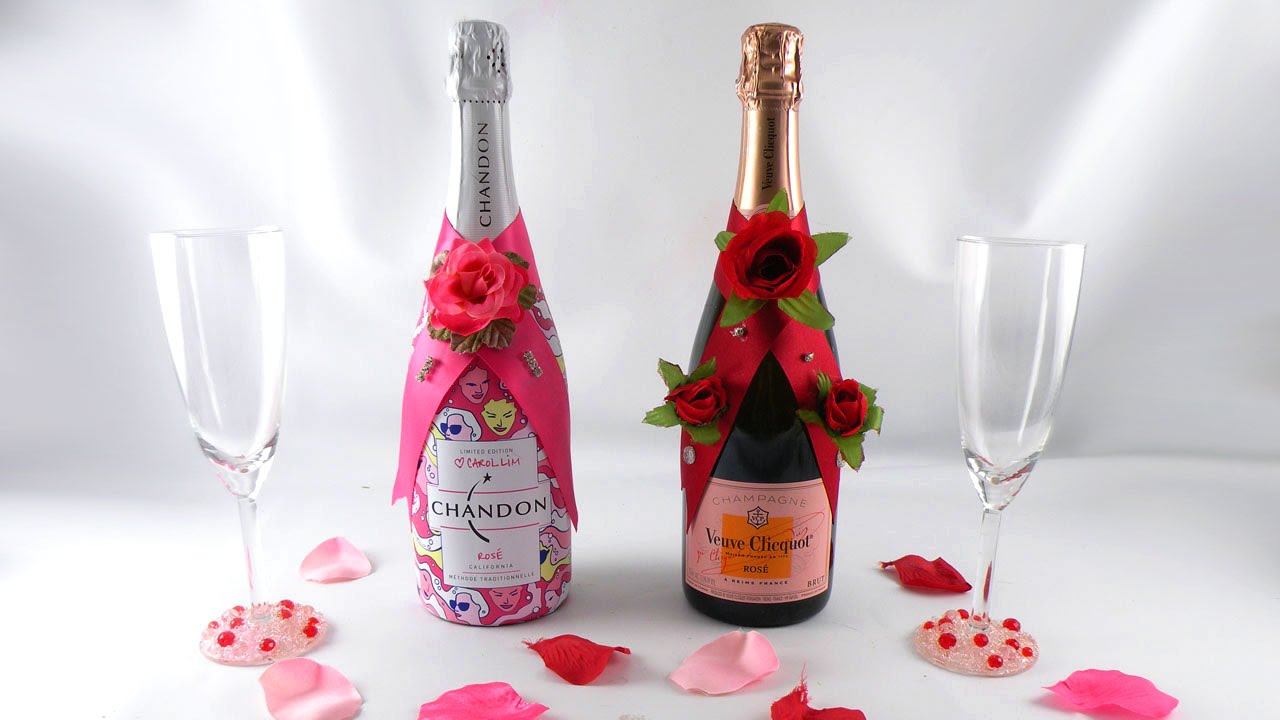
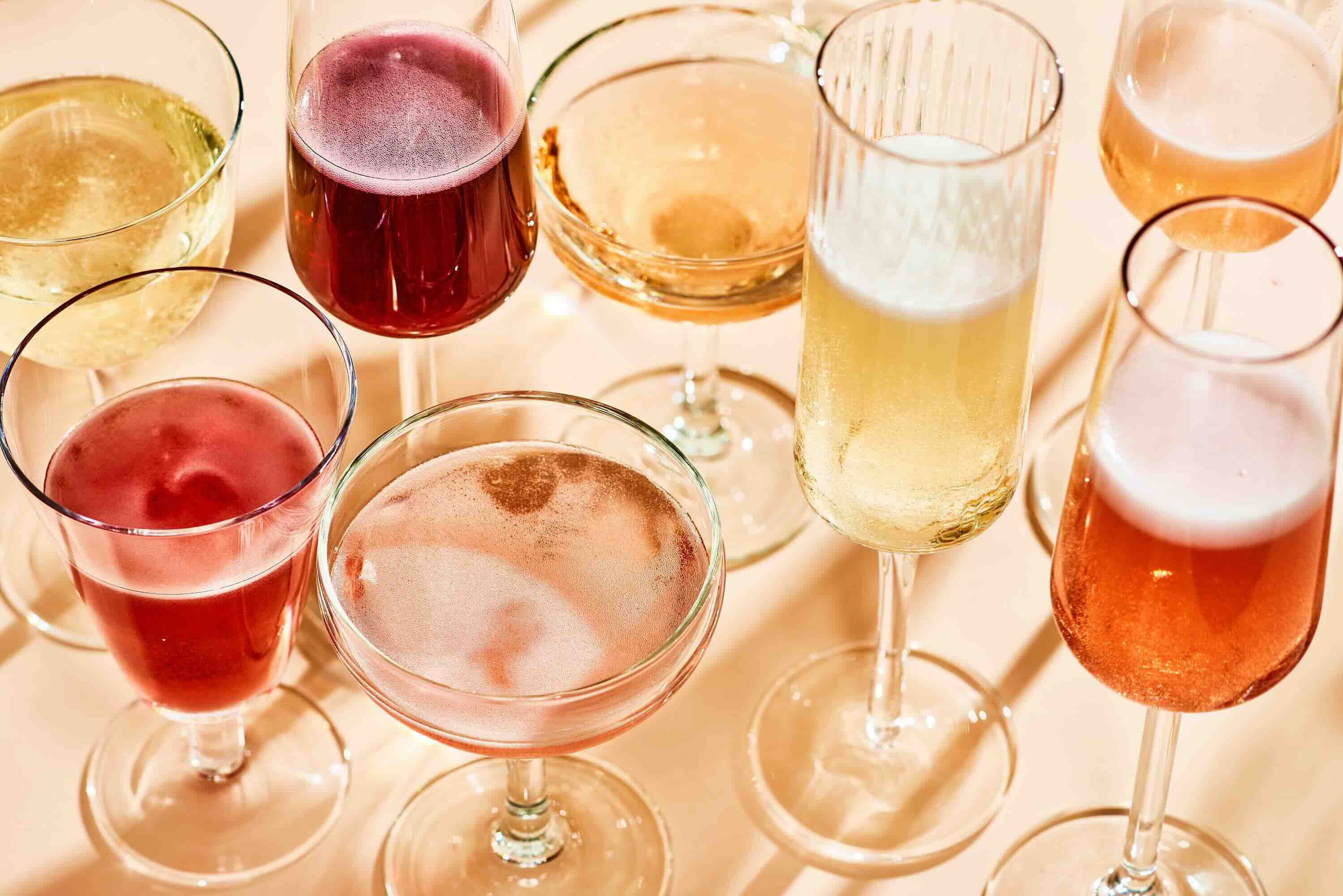
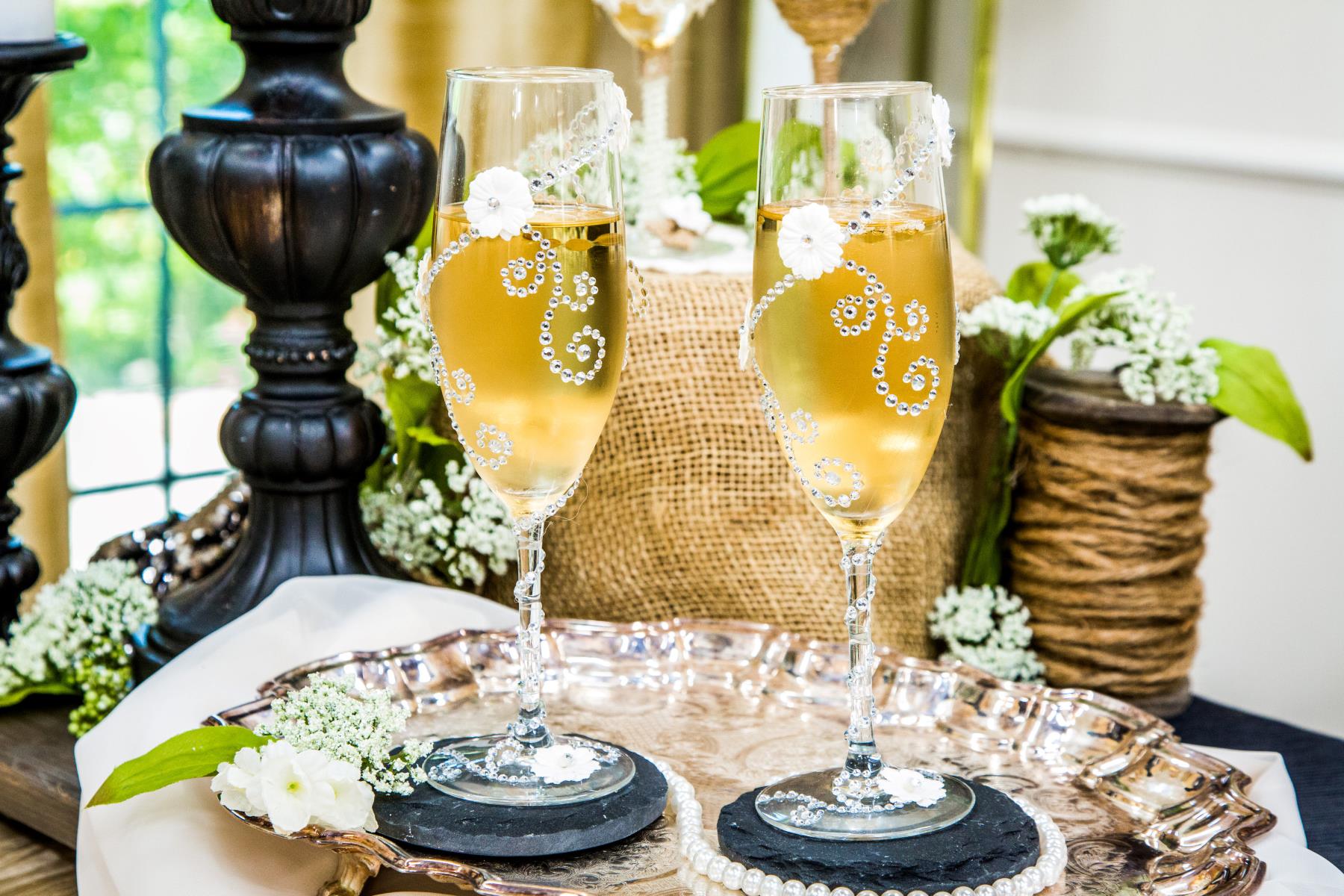
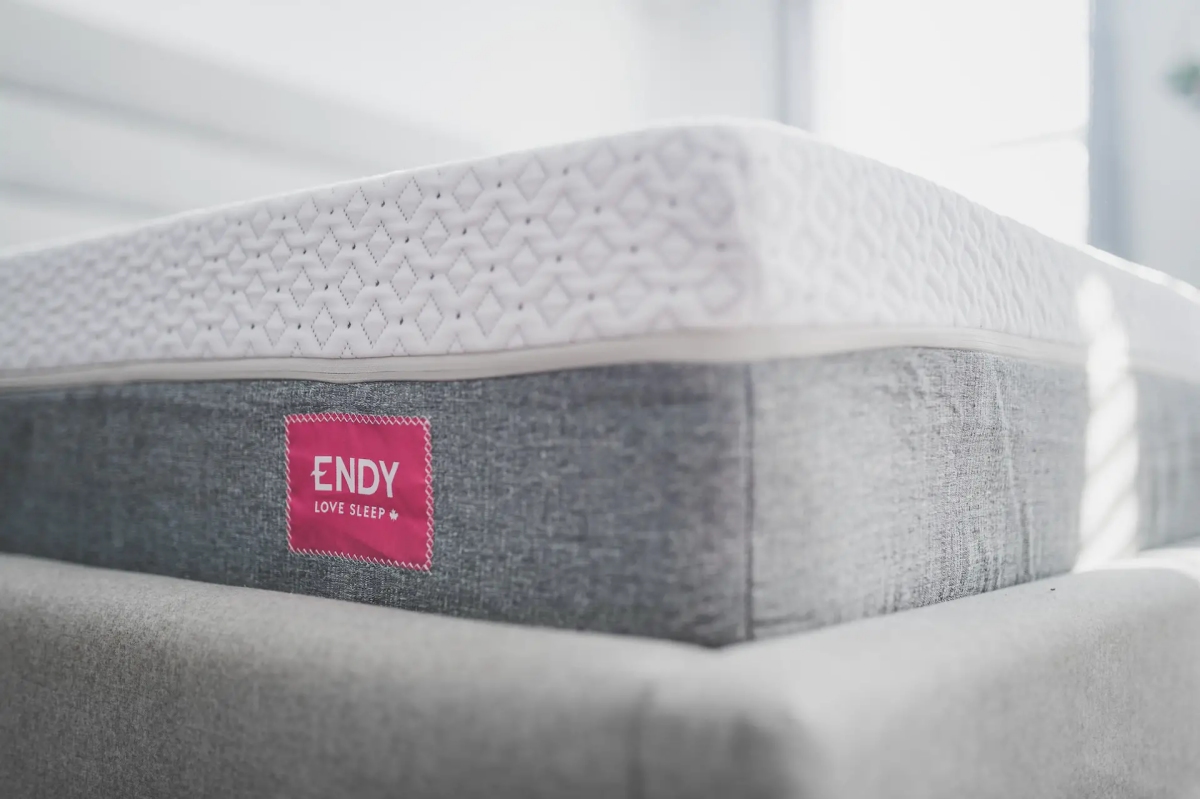
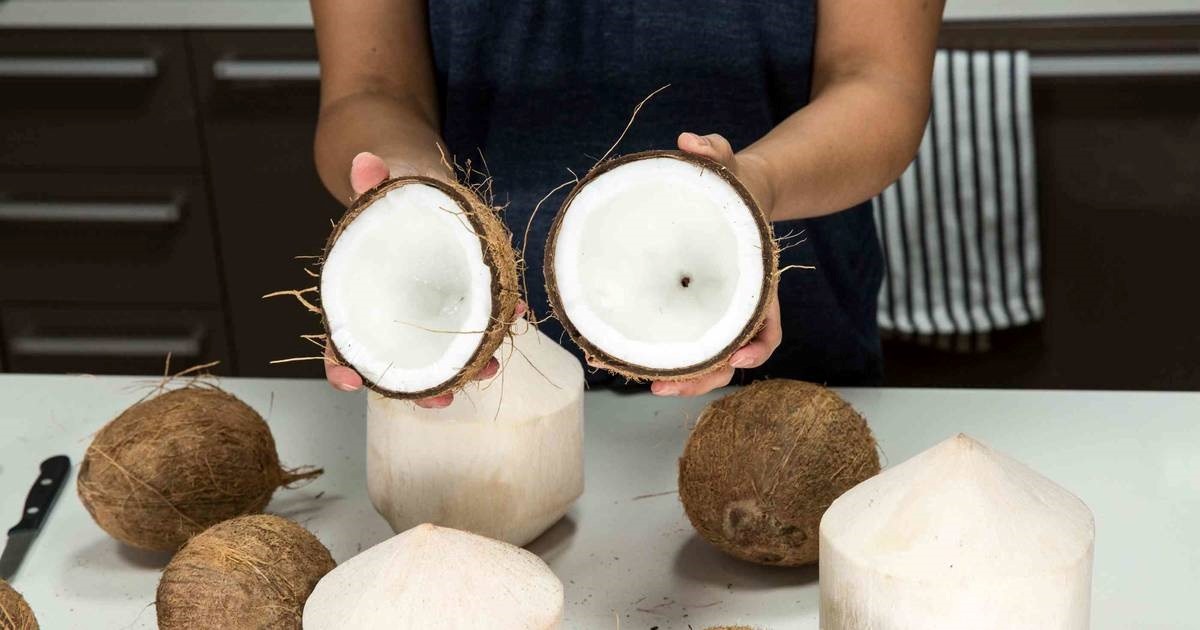
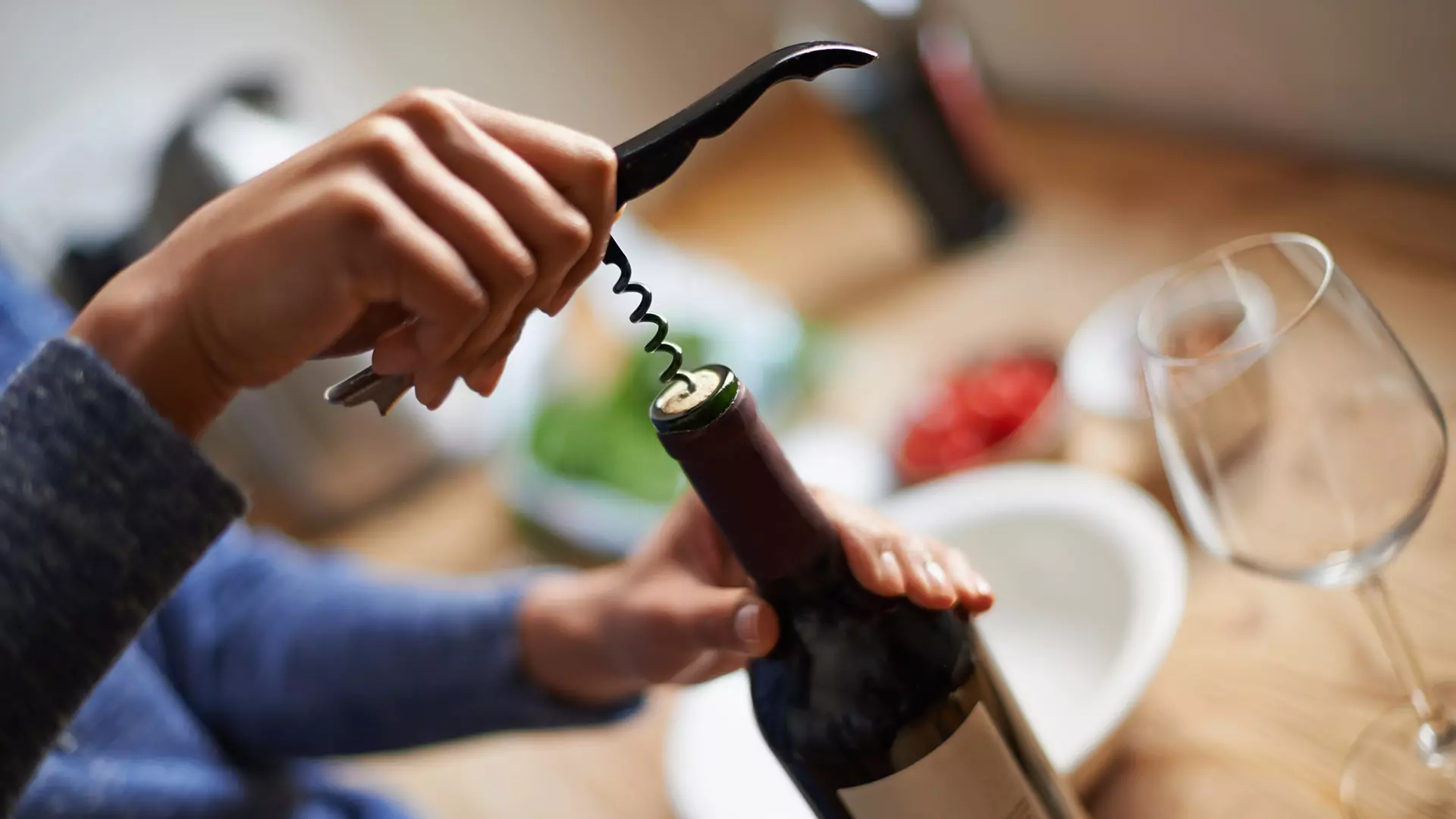
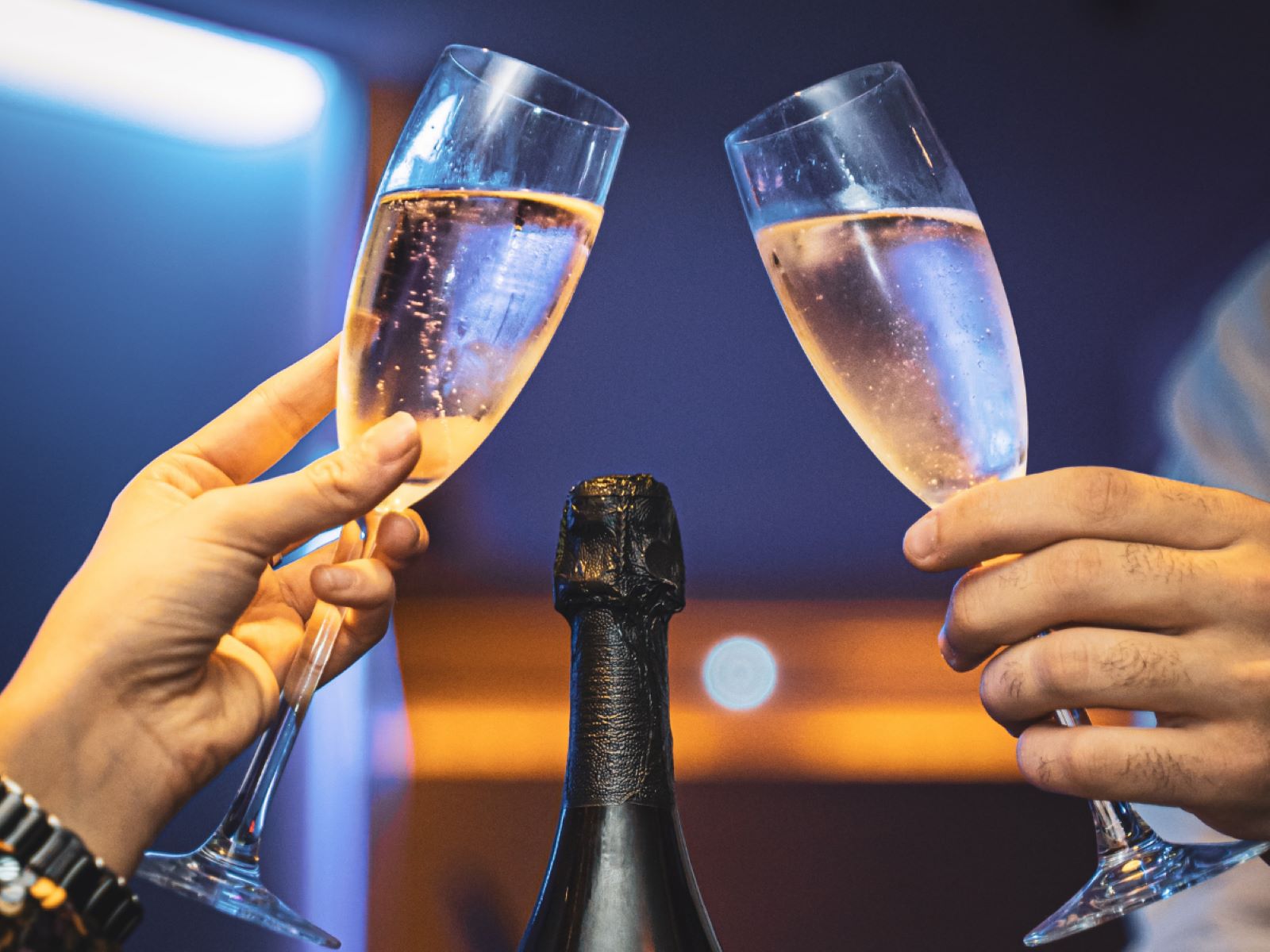

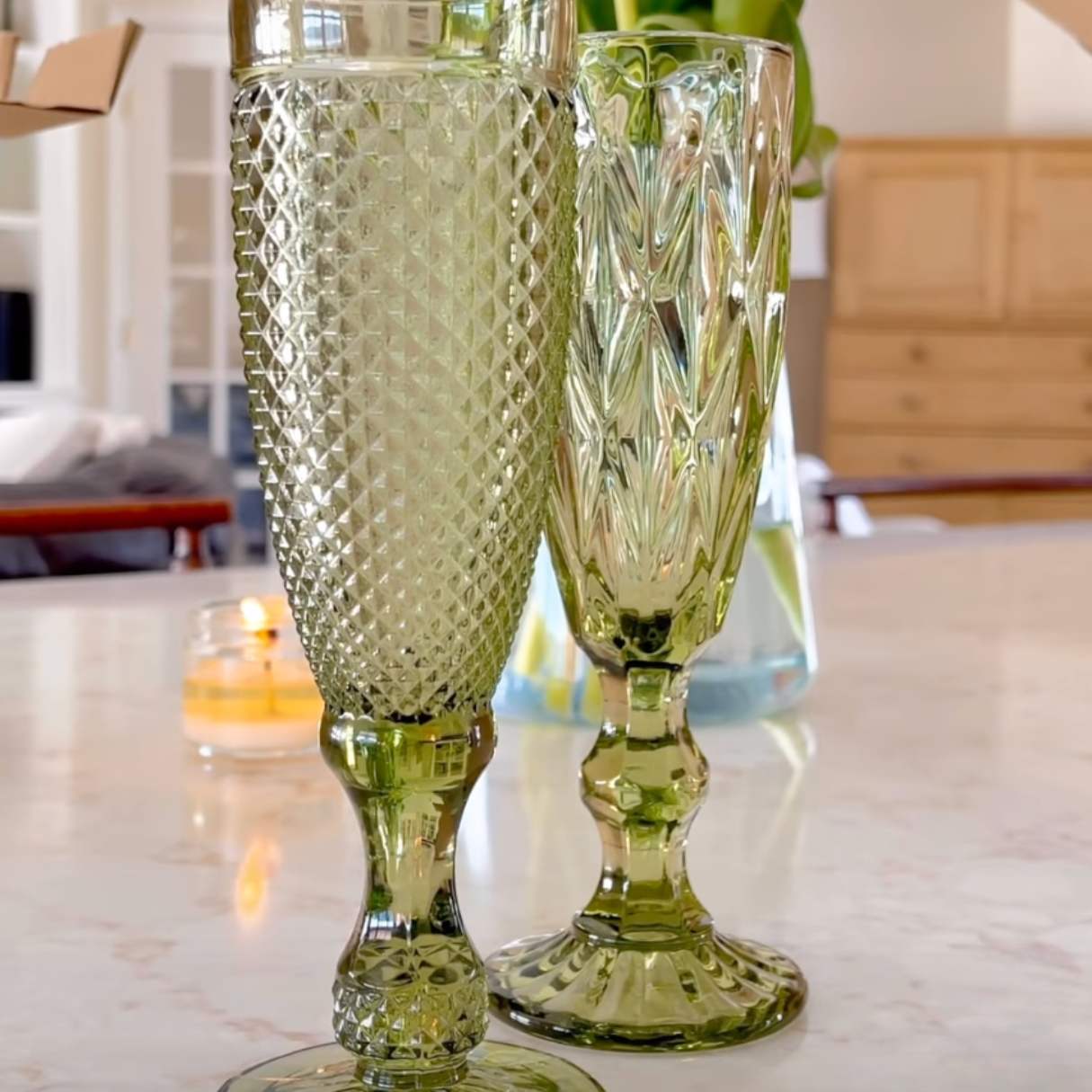
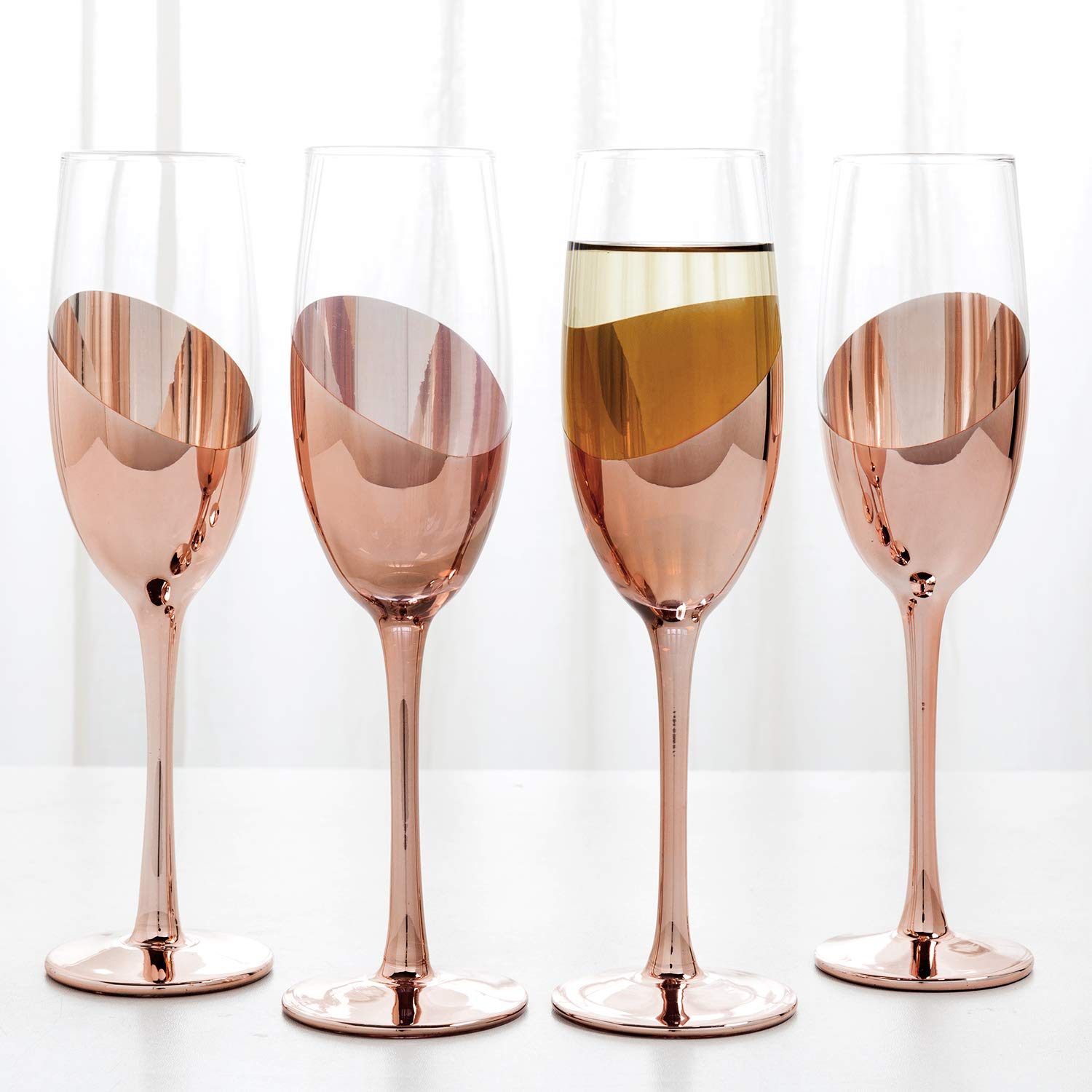
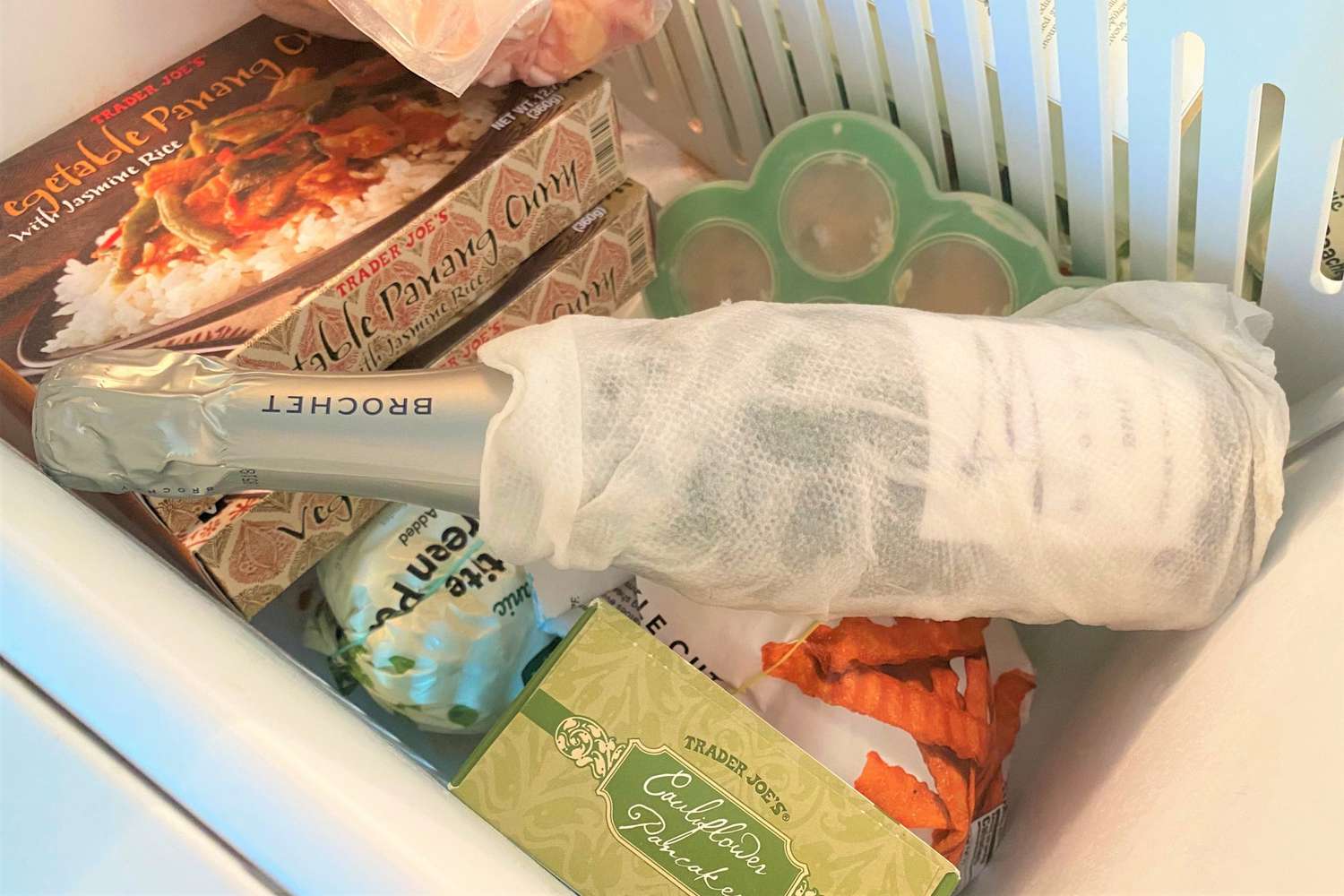
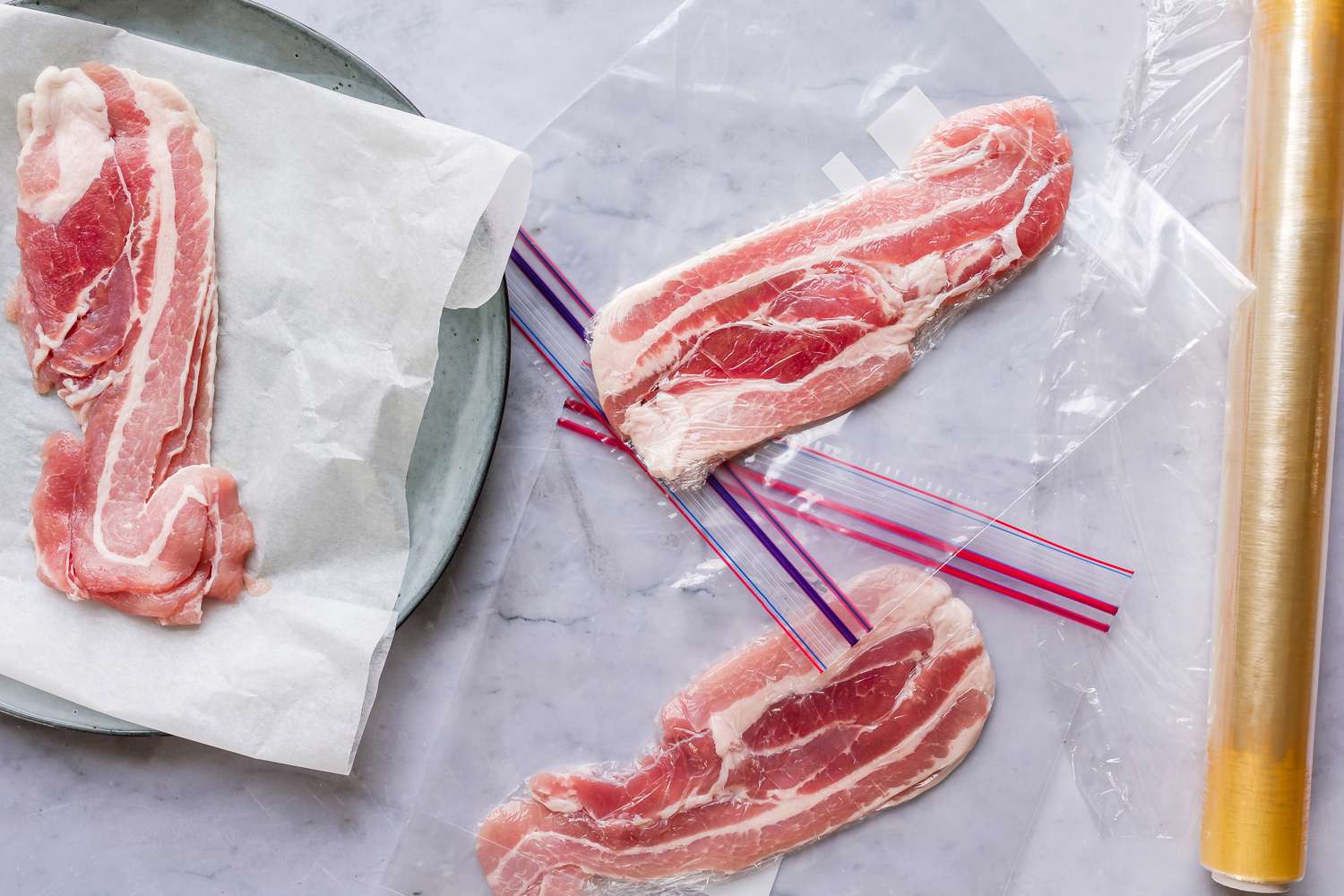
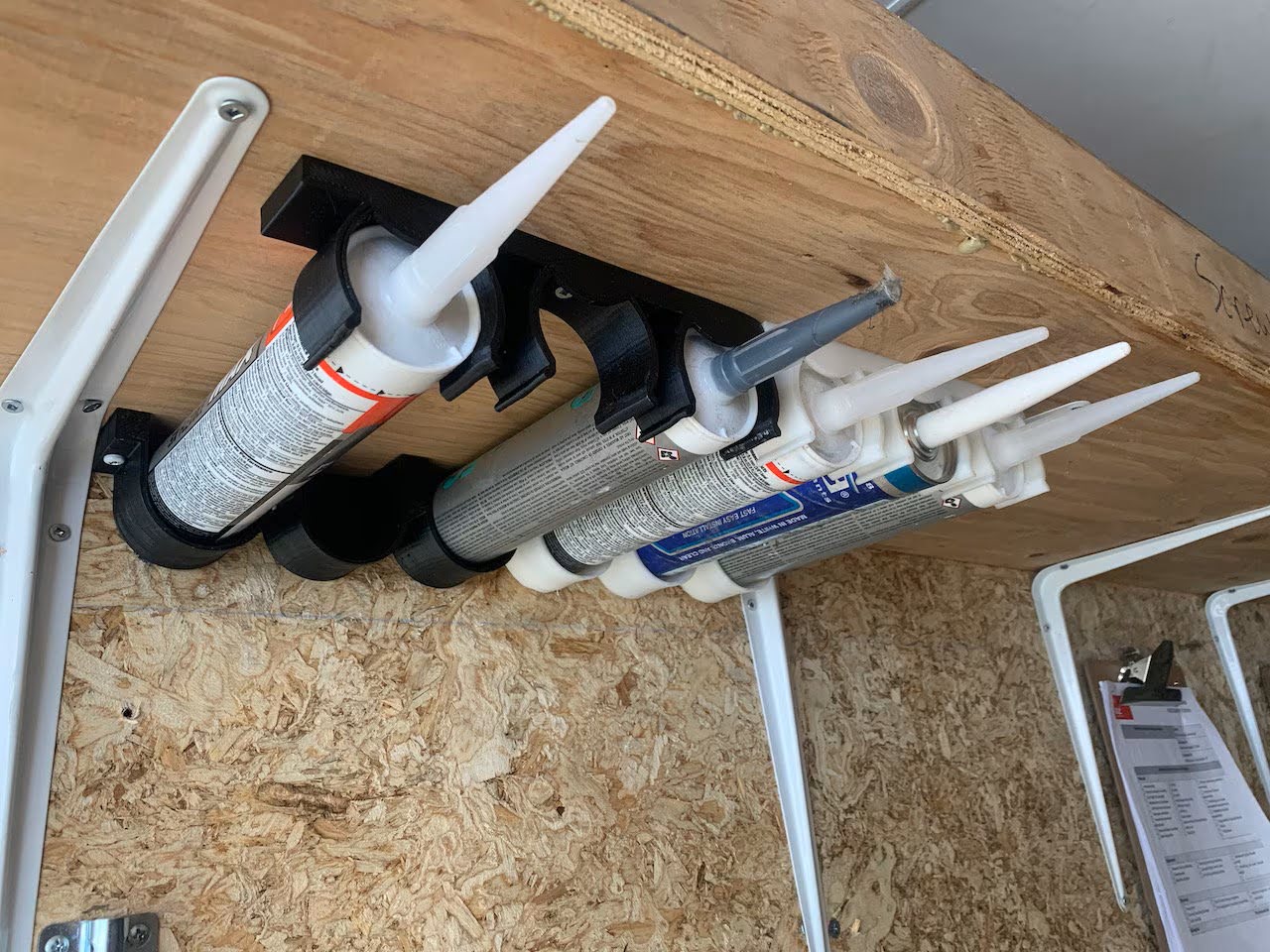

0 thoughts on “How To Store Opened Champagne”